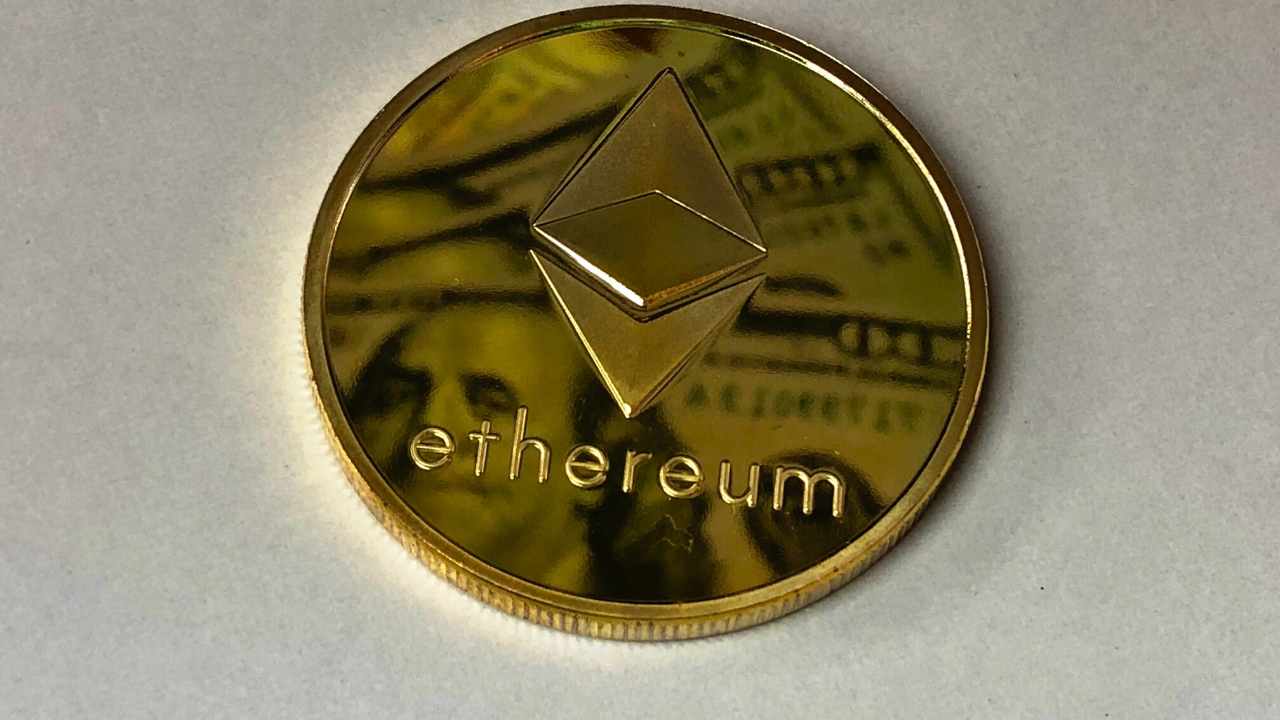
When weighing the benefits of yield farming, investors often ask: Should I invest or not in DeFi? There are many reasons to do so. One of these is the potential for yield farm to produce significant profits. Early adopters can expect to earn high token rewards that shoot up in value. This allows them to sell these token rewards for a profit, reinvest the profits, and reap more income than they would otherwise. Yield farming is an investment strategy that has proven to generate more interest than conventional banks. But there are risks. DeFi is riskier because interest rates are unpredictable.
Investing into yield farming
Yield Farming is an investment strategy in which investors receive token rewards for a percentage of their investments. These tokens will increase in price very quickly and can then be resold to make a profit, or reinvested. Yield Farming is a way to earn higher returns than conventional investments. However, it comes with high potential for Slippage. In periods of high volatility the market, an annual percentage rate may not be accurate.
The DeFi PULSE site is an excellent place to check the performance of a Yield Farming project. This index reflects the total value of cryptocurrencies locked in DeFi lending platforms. It also shows total liquidity from DeFi liquidity banks. Many investors use the TVL index to analyze Yield Farming projects. You can find this index on the DEFI PULSE site. The index's rise indicates that investors are positive about this type of project.
Yield farming, an investment strategy that relies on decentralized platforms to supply liquidity to projects, is called a yield farm. Yield farming is a different investment strategy than traditional banks. It allows investors to generate significant amounts of cryptocurrency using idle tokens. This strategy is built on decentralized exchanges as well as smart contracts that allow investors and parties to automate financial agreements. Investors who invest in a yield-farm can receive transaction fees, governance tokens, interest, and interest through a lending platform.

Find the right platform
Although yield farming may appear simple, it is actually not that easy. You could lose your collateral, one of many risks that yield farming presents. DeFi protocols often are developed by small teams that have limited budgets. This increases risk of bugs in smart contracts. Fortunately, there are a few ways to mitigate the risk of yield farming by choosing a suitable platform.
The term yield farming refers to a DeFi app that allows you borrow and lend digital assets via a smart contract. These platforms can be described as decentralized financial institutions that offer trustless opportunities for crypto owners. They are able to lend their holdings using smart contract and provide them with a way to make payments. Each DeFi application has its own unique characteristics and functionality. These differences will impact how yield farming is done. Each platform has its own rules and conditions when it comes to lending or borrowing crypto.
Once you have found the right platform, it is time to start reaping the benefits. A successful yield farming strategy involves adding your funds to a liquidity pool. This is a system of smart contracts that powers a marketplace. These platforms allow users to exchange and lend tokens in exchange for fees. They are rewarded for lending their tokens. If you're looking to simplify yield farming, it is a good idea start with a smaller platform which allows you access to a wider variety of assets.
The identification of a metric that measures the health of a platform
The success of the industry depends on the identification of a metric to measure the health of a yield-farming platform. Yield farming is the process by which you can earn rewards from cryptocurrency holdings. This process can be described as staking. Yield farming platforms are partnered with liquidity providers who increase liquidity pools' funds. Liquidity providers receive a payment for providing liquidity. Usually, this is from the platform’s fees.

Liquidity is a metric that can be used to determine the health and viability of yield farming platforms. Yield farming, a type of liquidity mining that operates using an automated market maker model, is a form. Yield farming platforms can offer tokens pegged to USD, or any other stablecoin. Rewarding liquidity providers is based on the amount of funds they provide as well as the protocol rules that govern their trading costs.
A key step to making an investment decision is to determine a measure that will be used to evaluate a yield farm platform. Yield-farming platforms are extremely volatile and susceptible to market fluctuation. However, yield farming can mitigate these risks because it is a form staking. Users must stake cryptocurrencies in exchange for a fixed amount. Both lenders and borrowers are concerned about yield farming platforms.
FAQ
Is Bitcoin a good deal right now?
Prices have been falling over the last year so it is not a great time to invest in Bitcoin. However, if you look back at history, Bitcoin has always risen after every crash. We believe it will soon rise again.
How are Transactions Recorded in The Blockchain
Each block contains a timestamp, a link to the previous block, and a hash code. Each transaction is added to the next block. This continues until the final block is created. The blockchain is now permanent.
How much does it take to mine Bitcoins?
Mining Bitcoin requires a lot of computing power. One Bitcoin is worth more than $3 million to mine at the current price. Start mining Bitcoin if youre willing to invest this much money.
Can Anyone Use Ethereum?
While anyone can use Ethereum, only those with special permission can create smart contract. Smart contracts are computer programs that execute automatically when certain conditions are met. These contracts allow two parties negotiate terms without the need to have a mediator.
Statistics
- That's growth of more than 4,500%. (forbes.com)
- While the original crypto is down by 35% year to date, Bitcoin has seen an appreciation of more than 1,000% over the past five years. (forbes.com)
- “It could be 1% to 5%, it could be 10%,” he says. (forbes.com)
- Ethereum estimates its energy usage will decrease by 99.95% once it closes “the final chapter of proof of work on Ethereum.” (forbes.com)
- A return on Investment of 100 million% over the last decade suggests that investing in Bitcoin is almost always a good idea. (primexbt.com)
External Links
How To
How to invest in Cryptocurrencies
Crypto currencies, digital assets, use cryptography (specifically encryption), to regulate their generation as well as transactions. They provide security and anonymity. Satoshi Nakamoto, who in 2008 invented Bitcoin, was the first crypto currency. Since then, many new cryptocurrencies have been brought to market.
There are many types of cryptocurrency currencies, including bitcoin, ripple, litecoin and etherium. A cryptocurrency's success depends on several factors. These include its adoption rate, market capitalization and liquidity, transaction fees as well as speed, volatility and ease of mining.
There are several ways to invest in cryptocurrencies. The easiest way to invest in cryptocurrencies is through exchanges, such as Kraken and Bittrex. These allow you to purchase them directly using fiat currency. Another option is to mine your coins yourself, either alone or with others. You can also buy tokens through ICOs.
Coinbase is one of the largest online cryptocurrency platforms. It lets users store, buy, and trade cryptocurrencies like Bitcoin, Ethereum and Litecoin. You can fund your account with bank transfers, credit cards, and debit cards.
Kraken, another popular exchange platform, allows you to trade cryptocurrencies. You can trade against USD, EUR and GBP as well as CAD, JPY and AUD. Some traders prefer to trade against USD in order to avoid fluctuations due to fluctuation of foreign currency.
Bittrex is another popular exchange platform. It supports more than 200 crypto currencies and allows all users to access its API free of charge.
Binance is a relatively young exchange platform. It was launched back in 2017. It claims to have the fastest growing exchange in the world. It currently has more than $1B worth of traded volume every day.
Etherium is a blockchain network that runs smart contract. It uses a proof-of work consensus mechanism to validate blocks, and to run applications.
Cryptocurrencies are not subject to regulation by any central authority. They are peer–to-peer networks which use decentralized consensus mechanisms for verifying and generating transactions.